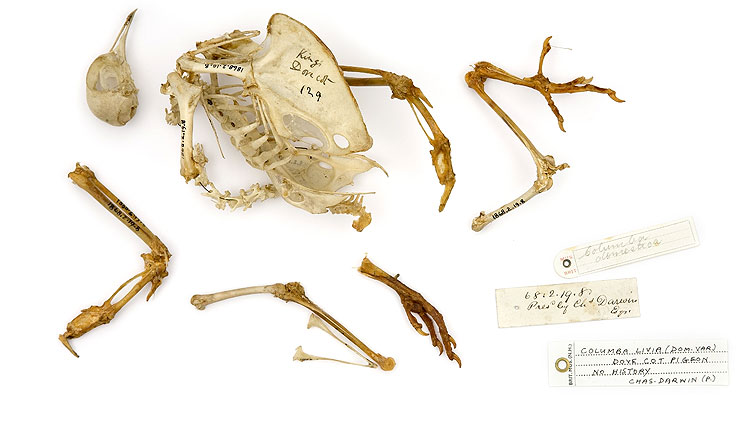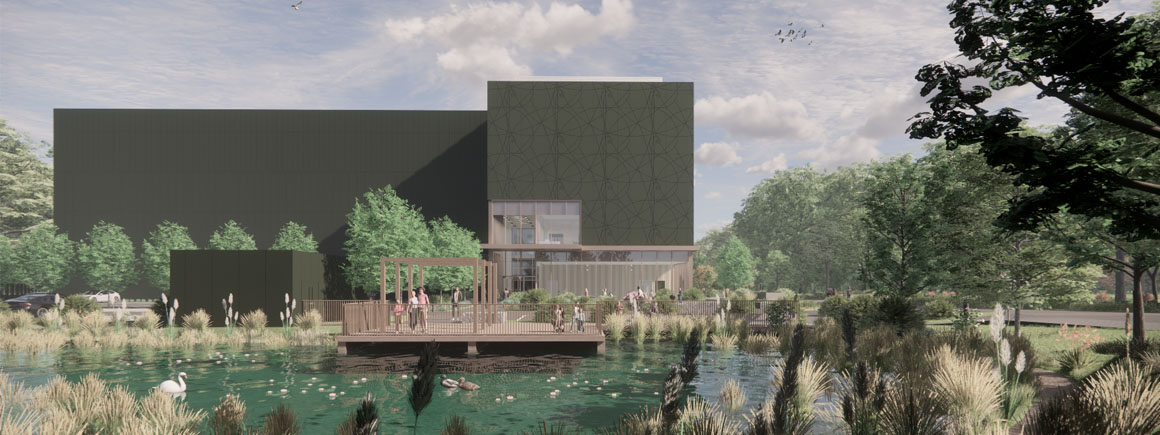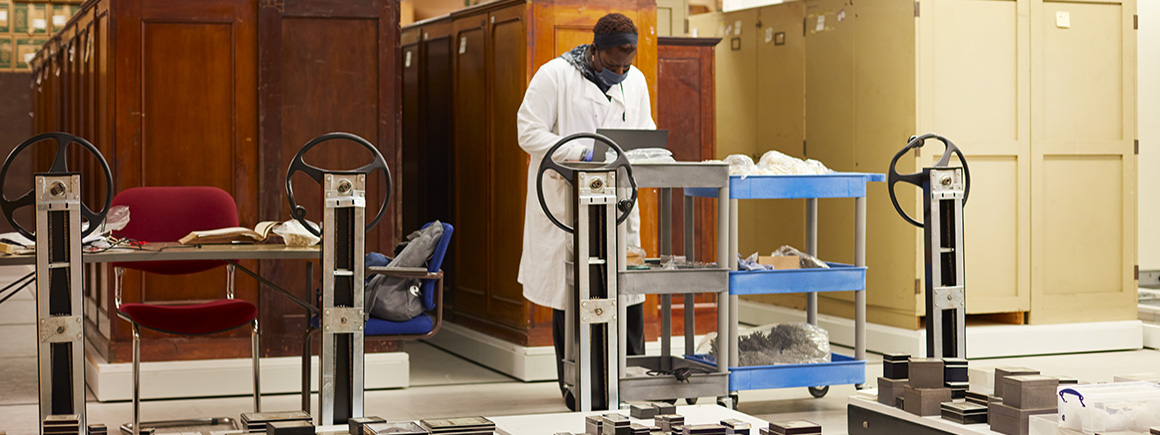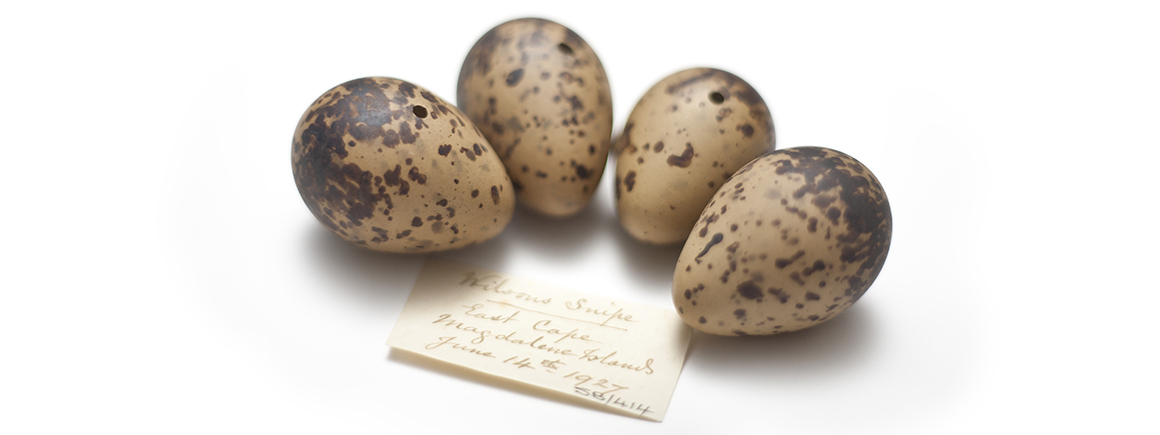Looking for a specimen?
The bird collection is being digitised

Domestic pigeon skeletons belonging to Charles Darwin’s, donated in 1867. Darwin’s handwriting is visible on the keel of the sternum.
Our bird skeleton collection contains around 80 domestic bird skeletons collected by Charles Darwin during his research into the processes of natural selection.
Darwin kept his own fancy pigeons at Down House, Kent, and many were later prepared as skeletons. His collection of preserved pigeons eventually comprised around 120 skeleton and skins.
Fancy pigeons were especially important in helping Darwin understand how features could be selected and inherited, and how one species could produce many different forms. As a result, pigeons are discussed at length in the first chapter of the Origin of Species (1859).
Darwin also collected specimens of domestic ducks, chickens and even one or two canaries, and wrote about them all in his later work The Variation of Animals and Plants under Domestication (1868).
After finishing his work on domestication, Darwin donated his collection of domestic birds and other domestic animals to the Museum.
The bird collection is being digitised
Curator
If you would like to use any specimens for research, please get in touch

Access to some collections will be affected as we prepare for the move to our new collections, science and digitisation centre.

Scientists and collections management specialists can visit the collections and borrow specimens for research.

Our duty is to provide a safe and secure environment for all of our collections.